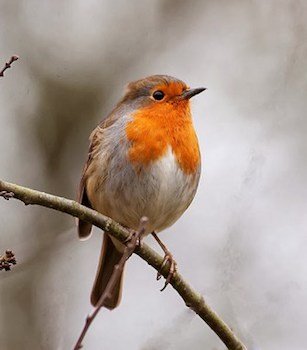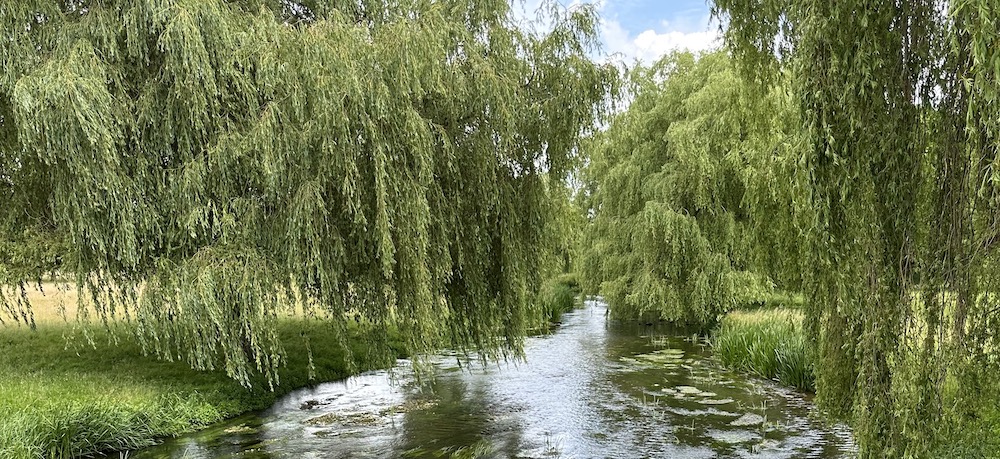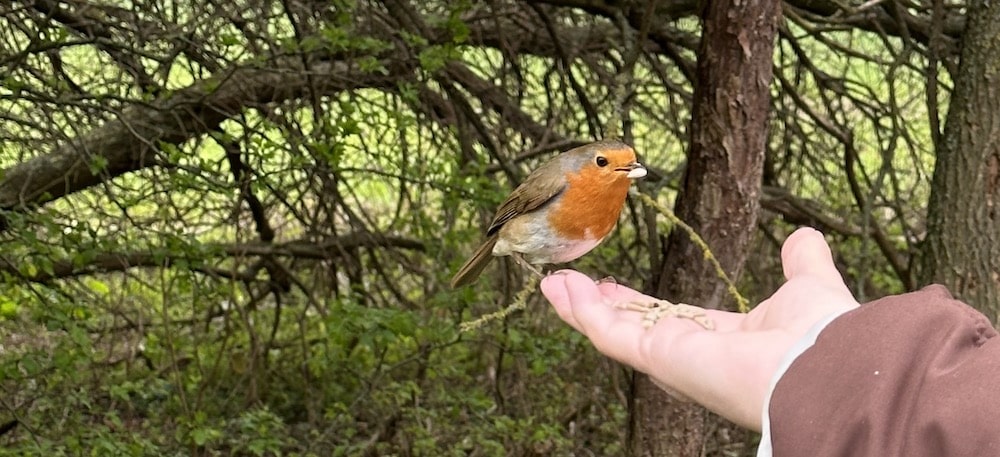England

England is a country that is part of the United Kingdom. The country is located on the island of Great Britain, of which it covers roughly 62%, and over 100 smaller adjacent islands. It has land borders with Scotland to the north and Wales to the west, and is otherwise surrounded by the North Sea to the east, the English Channel to the south, the Celtic Sea to the south-west, and the Irish sea to the west. Continental Europe lies to the southeast (as close as just 21 miles at its nearest), and Ireland to the west. The population was 56,490,048 at the 2021 census. London is both the largest city and the capital. It is part of the United Kingdom. The country is located on the island of Great Britain, of which it covers roughly 62%, and over 100 smaller adjacent islands. It has land borders with Scotland to the north and Wales to the west, and is otherwise surrounded by the North Sea to the east, the English Channel to the south, the Celtic Sea to the southwest, and the Irish sea to the west. Continental Europe lies to the south-east, and Ireland to the west. The population is c. 56.5 million and London is both the largest city and the capital with a resident population of over 8 million. Other large cities are Birmingham, Manchester, Liverpool, Leeds and Sheffield.
The ports of London, Liverpool, and Newcastle lie on the tidal rivers Thames, Mersey and Tyne respectively. At 350 km (220 miles), the Severn is the longest river flowing through England. It empties into the Bristol Channel and is notable for its tidal bore, which can reach 2 metres (6.6 ft) in height. However, the longest river entirely in England is the Thames, which is 346 km (215 miles) in length.

An idyllic English chalk stream in summer
There are many lakes in England; the largest being Windermere, within the aptly named Lake District. Most of England’s landscape consists of low hills and plains, with upland and mountainous terrain in the north and west of the country. The northern uplands include the Pennines, known as ‘the backbone of England’, a chain of uplands dividing east and west, the Lake District mountains in Cumbria, and the Cheviot Hills, straddling the border between England and Scotland. The highest point in England, at 978 metres (3,209 ft), is Scafell Pike in the Lake District. The Shropshire Hills are near Wales while Dartmoor and Exmoor are two upland areas in the south-west of the country.
Birding England
The avifauna of England is similar to that of other areas in the British Isles with a wide range in a diverse range of habitats. National nature reserves in England are designated by Natural England as key places for wildlife and natural features in England. They were established to protect the most significant areas of habitat and of geological formations. NNRs are managed on behalf of the nation, many by Natural England themselves, but also by non-governmental organisations, including The Wildlife Trusts, the National Trust, and the Royal Society for the Protection of Birds. There are 229 NNRs in England covering 939 square kilometres (363 square miles). Often, they contain rare species or nationally important populations of plants and animals. In addition there are literally hundreds of Local Nature Reserves (LNR) both publicly owned and owned by community trusts or charities and areas that are protected as Sites of Special Scientific Interest (SSSI)

The Robin is widely regarded as our National Bird
A heavily populated, urbanised and industrialised country it nevertheless has many areas of natural beauty and places set aside for nature conservation. Being mostly surrounded by sea and off the coast of a continent it has internationally important seabird colonies (some in protected marine reserves) and coastal wetlands and is well placed for birds blown off course during migration or carried by storms from as far west as North America and as far east as Siberia and China. Migration from Africa each spring enriches breeding bird species numbers and its mild climate attracts over-wintering birds that breed as far north as the arctic circle.
The English ‘county’ pages which follow are largely based on the old ceremonial counties and the Watsonian system of ‘vice-counties’. This is because it gives continuity to records of birds regardless of changing political and administrative boundaries.
The great thing about Fatbirder is that it is a truly collective effort in as much as most county and country page introductions and top sites are contributed by local birders. Each English county page benefits from being written with local knowledge and expertise. Visiting birders and newbies will find a great introduction to each county and lots of links to appropriate birding websites.
All information sections have been updated and substantially revised (2024) with the latest county recorder information too. For birders with mobility issues see HERE or the Birding For All website.

-
England's Top Sites
Each county has provision for local top sites to be included. Most already have a number listed. For overseas birders our most interesting counties are probably, Devon & Cornwall in the west, Norfolk & Suffolk in the east, Kent in the South and Lancashire & Yorkshire in the North.
-
Number of bird species: 614
(UK as a whole)
-
Collins Bird Guide
(The Most Complete Guide to the Birds of Britain and Europe) | by Killian Mullarney, Lars Svensson, Dan Zetterstrom & Peter Grant | Harper Collins | 2010 | Paperback | 392 pages, 3500 colour illustrations, 700 colour distribution maps | ISBN: 9780007268146 Buy this book from NHBS.com -
The Crossley ID Guide: Britain & Ireland
by Richard Crossley & Dominic Couzens | Princeton University Press | 2013 | Paperback | 301 pages, 310 plates with colour photos, 250 colour distribution maps | ISBN: 9780691151946 Buy this book from NHBS.com -
Where to Watch Birds in Britain and Ireland
by David Tipling | New Holland | 2006 | Paperback | 176 pages, 64 col photos, 31 maps | ISBN: 9781845374594 Buy this book from NHBS.com
-
Flock Together
WebsiteFlock Together is a birdwatching collective for people of colour. Nature is a universal resource. For too long black, brown and POC have felt unwelcome and marginalised in spaces that should be for everyone. Together we are reclaiming green spaces and rebuilding our relationship with nature - one walk at a time. -
National Organisations
WebsiteNational organisations are listed on the UK page (except where they cover just one of the home nations) - most will also be listed in the county where their headquarters operation is located. -
Natural England
WebpageAccess and rights of way, Land management, Landscape, Parks, trails and nature reserves, Protected sites and species, Recreation, Wildlife and habitat conservation, Publications, maps and data
-
2010 [July ] - David & Roma Bell - Birding in the Southern UK
ReportDuring the period early June to mid-July 2010, we were introduced to the birds of the southern U.K. in three areas: mid-Wales, south-eastern (Greater London), England and Norfolkshire, England -
2017 [02 February] - David Karr - Winter Migrants at Slimbridge, Gloucestershire and North Norfolk
PDF ReportOverall, the trip exceeded expectations with ten of fifteen birds on my ‘wish list’ sighted. Anotherhighlight was some brilliant views of a displaying Goshawk. A lot of driving for a weekend, but thecombination of the beautiful countryside, good food, comfortable accommodation and an excellentguide, made the investment well worthwhile. And best of all, while the weather was cold, it remainedgenerally sunny – as good as it gets in the English winter!
-
Raptor Politics
WebsiteAre England's birds of prey really protected by law?

